Day 25-30
Where the Wild Things Are
At this point in the trip, we've talked to a few newspaper reporters about the experience. They've each asked what the most surprising aspect of the trip is, what we're learning along the way, and what we hope sticks with us when the trip is over. If you've seen and enjoyed any of that coverage, please consider donating to support our fundraising efforts for childhood hunger relief efforts.
Before the trip began, we talked about the lessons we expected from the experience. Leah hoped to grow more comfortable accepting help from others, and I hoped to lengthen the time span between my reaction and response (what I've been calling bomb-proofing!). Now that I no longer flinch at every jumping fish, I've been thinking more about the auxiliary, or unintentional, lessons of the trip.
We've entered a stretch of river where it's much more difficult to find campsites each night. The water is high for this time of year, and the sandbars we can see on the satellite map alternate between overgrowth and flooding. We may plan to stop at 5 and not find a dry, clear spot until 7:30. One section of the satellite map was taken in the winter-- making it useless to us for finding a spot! Instead, we've begun to rely on observations of plant life to show the way. Both native and invasive species have proved useful guides.
Purple loosestrife is one such plant. It was accidentally introduced to the region in early 1800s, by frontier families who carried to relieve dysentery. It spread further through a 1940s planting program intended to provide pollen for honey bees. It's helpful for distinguishing patches of broadleaf arrow-head, a leafy aquatic plant, from solid ground, because loosestrife grows right at the island's edge. If you can push through the arrowhead to the loosestrife, you'll probably find a solid place to pitch a tent!
However, arrowhead has its uses. Because the patches create a barrier before an island's edge, they dissipate wave energy and protect shores from erosion. The plant also produces an edible tuber, similar to potato in taste and texture. Unfortunately the tubers won't be ready to harvest until October, well after we've passed through this area.
Sandbar willow, also called Coyote Willow, is another sign of a bad campsite. The leafy bushes are densely packed, creating an ideal environment for mosquitoes to spawn. The willow is a pioneer tree, growing in thickets on recently flooded sandbars. It's very frustrating to see a sandbar on the satellite map and arrive to an impenetrably thick stand of willow!
Though our favorite camp sites are wide, empty sandbars, spotting bur-cucumber beneath the riverbank's tree line is the next best thing at the end of a long day. The native vine spreads quickly across low, recently disturbed sand, signaling a level spot and soft ground cover for our tents.
As we paddle on, we'll continue refining our ability to read the world around us. I suspect we can learn more from the plants than simply where to camp. Abundance, reciprocity, and interdependence weave throughout our experiences each day and are reflected in the river’s ecosystem. Trip Log Below:
Day 25
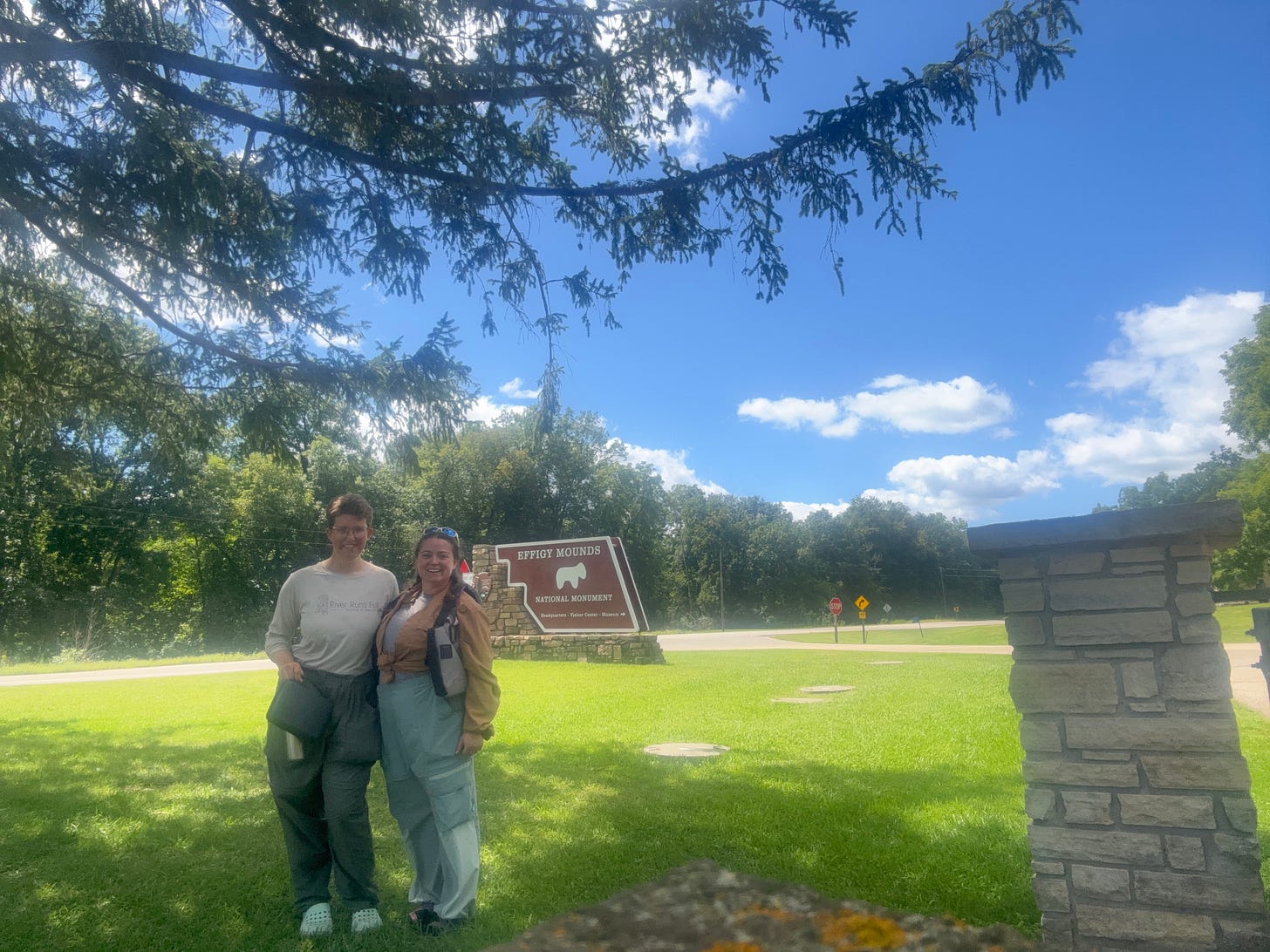
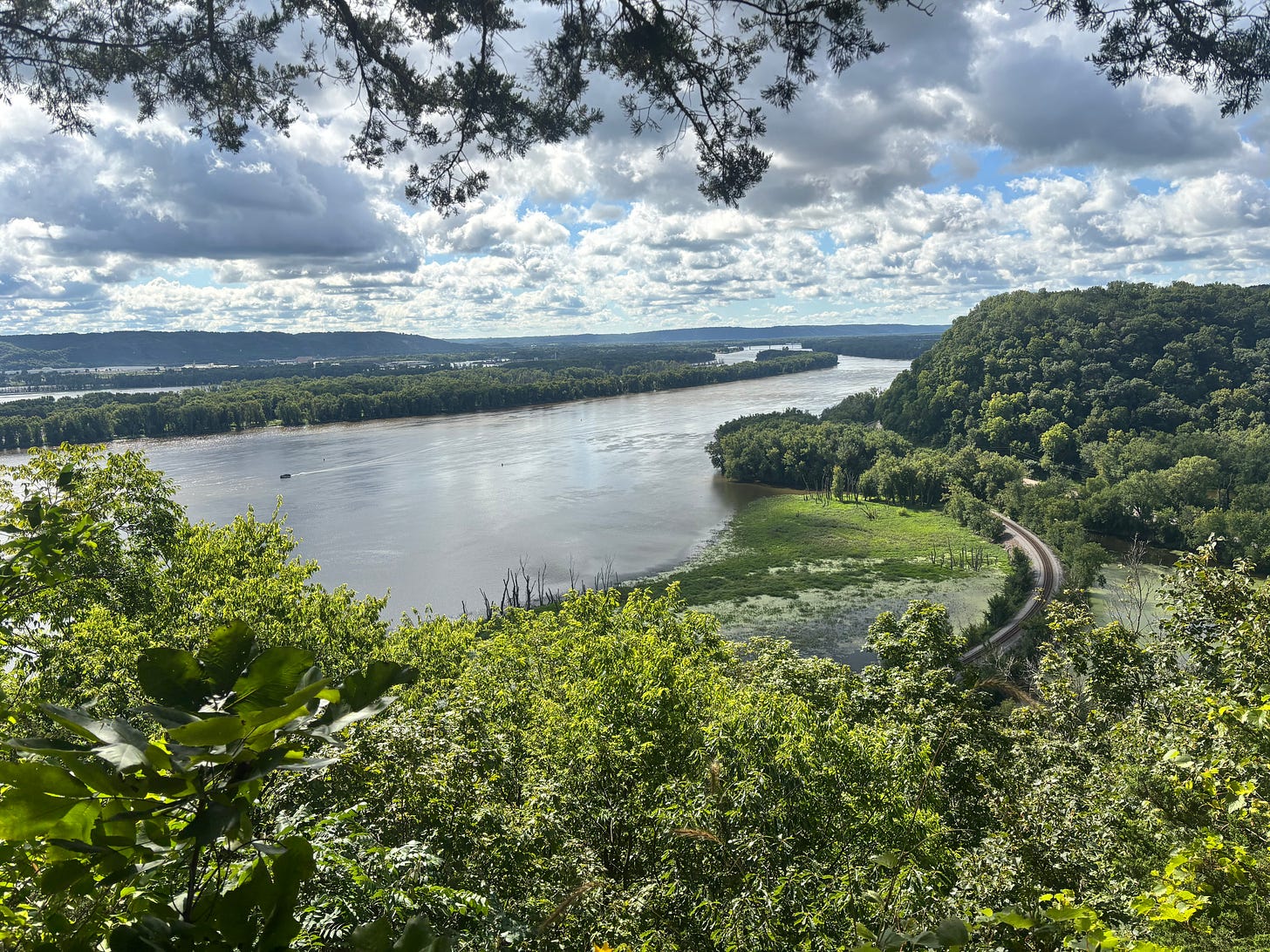
Day 26
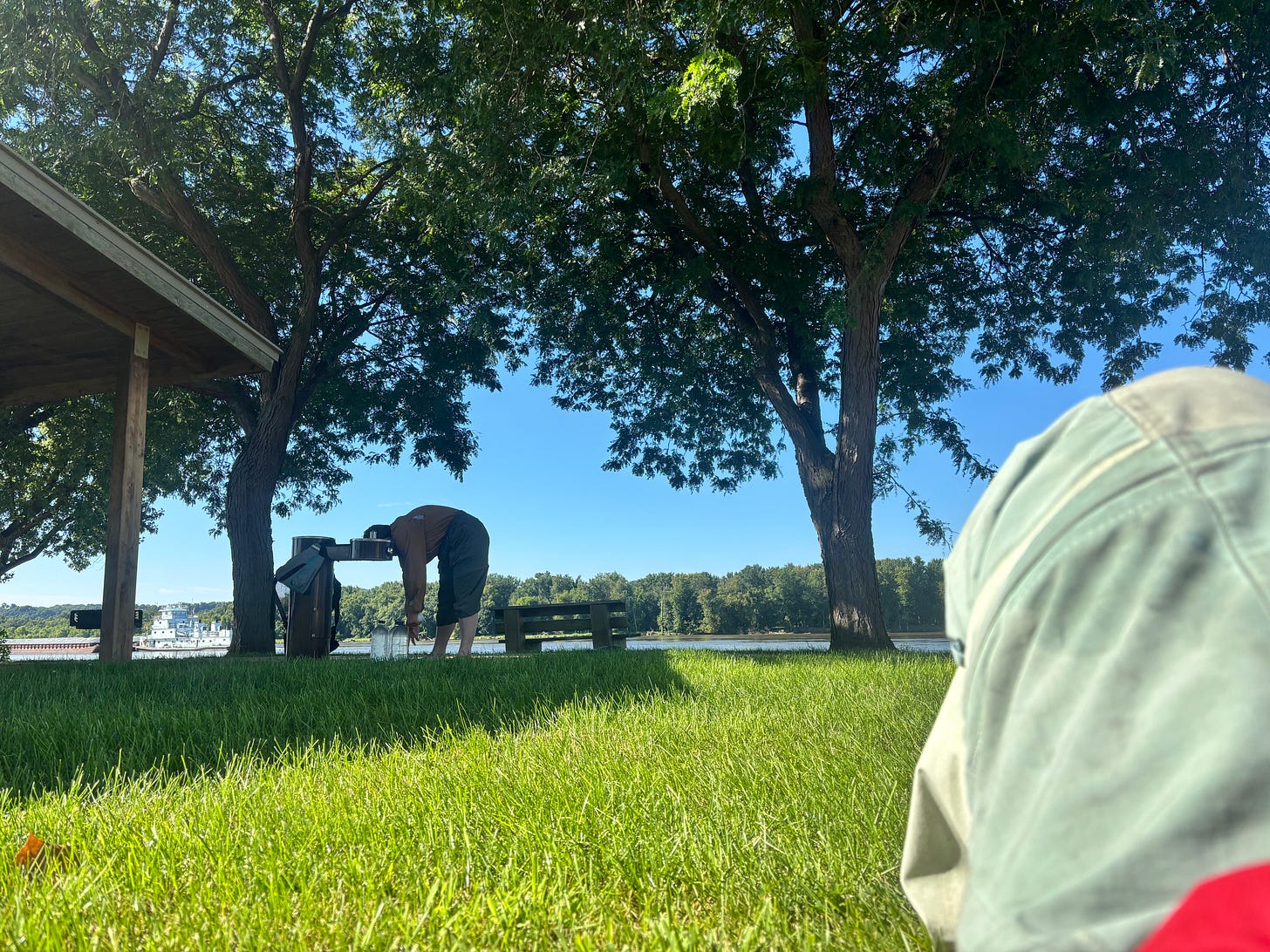

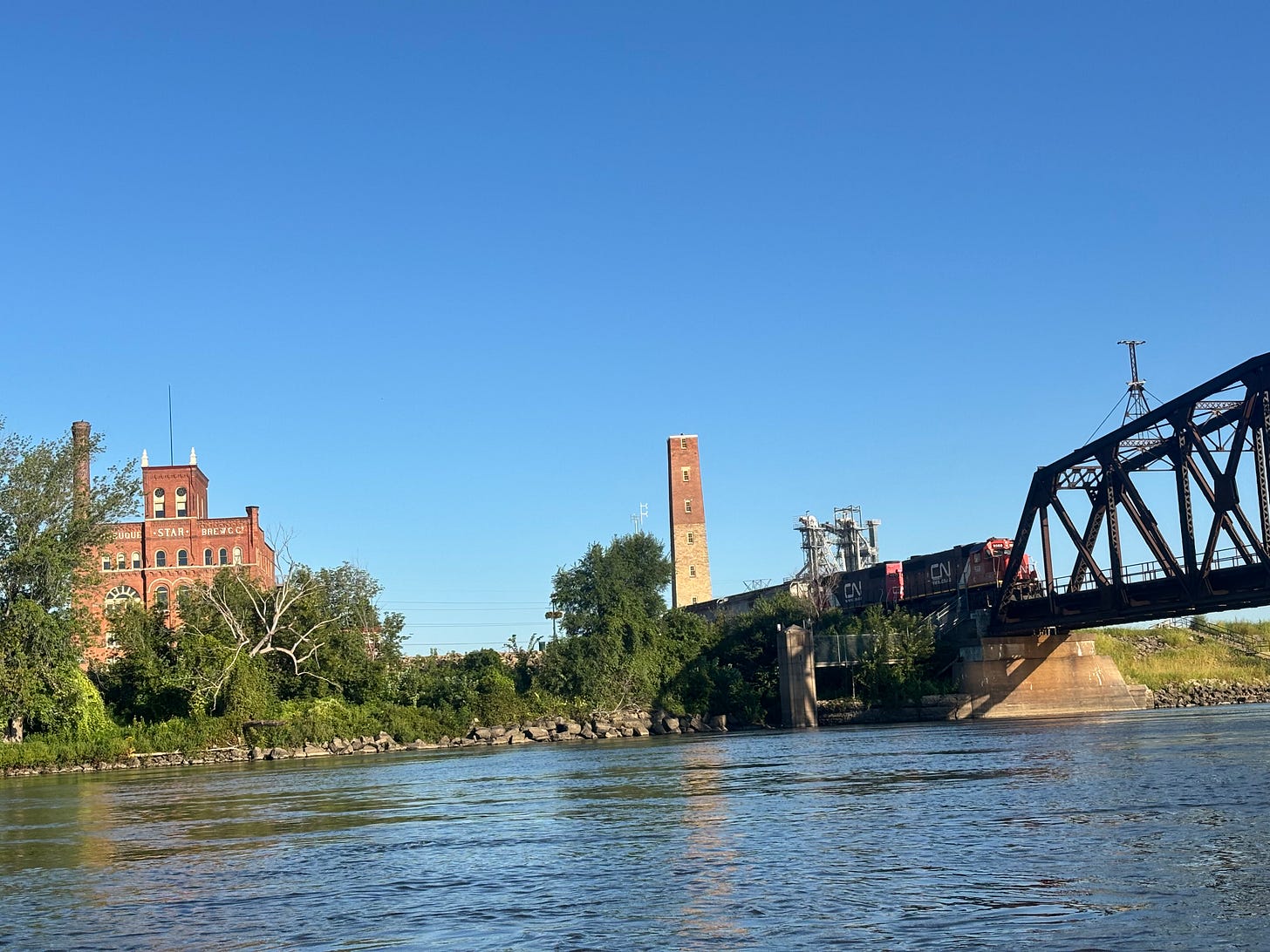
Day 27

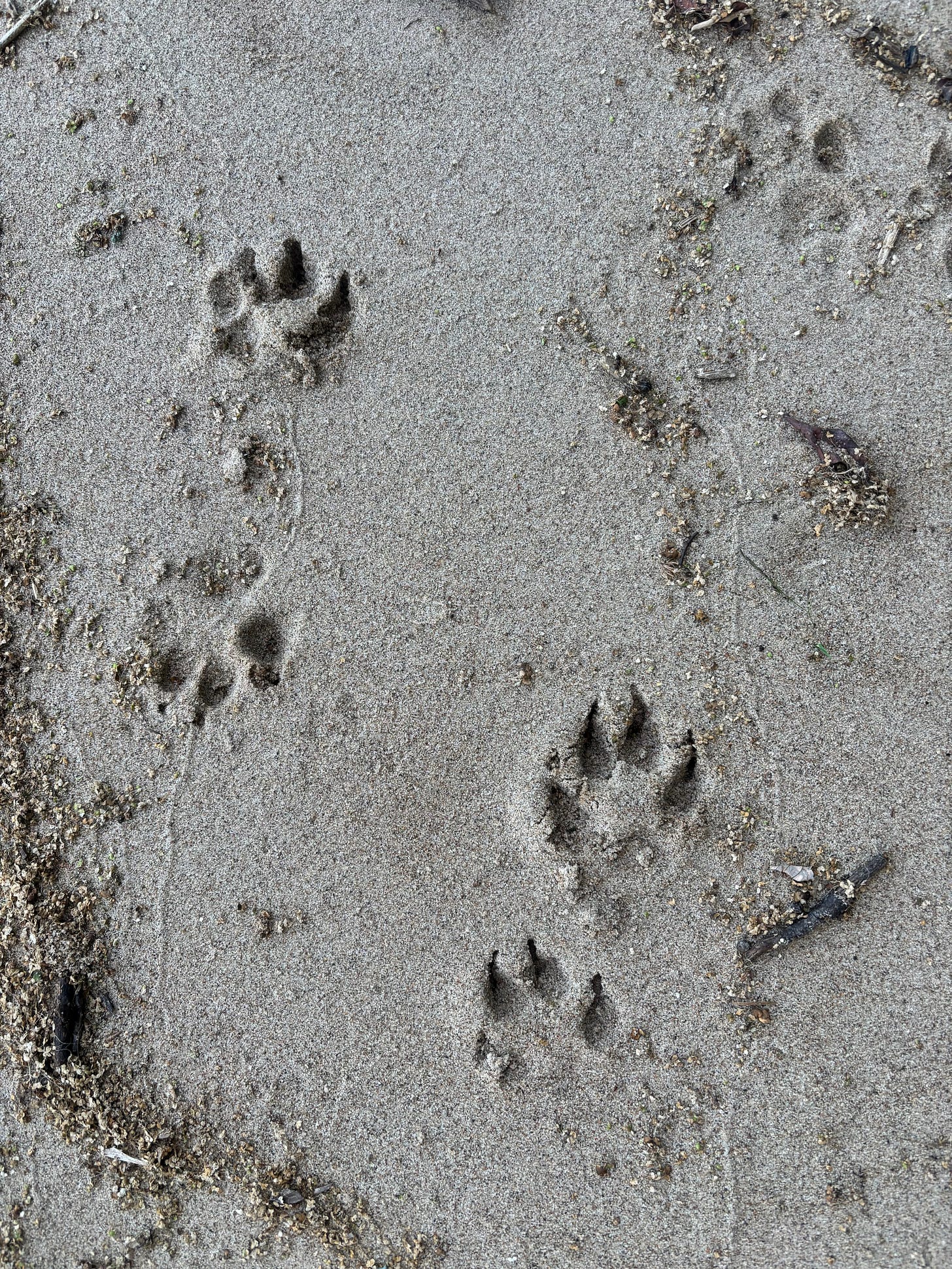
Day 28
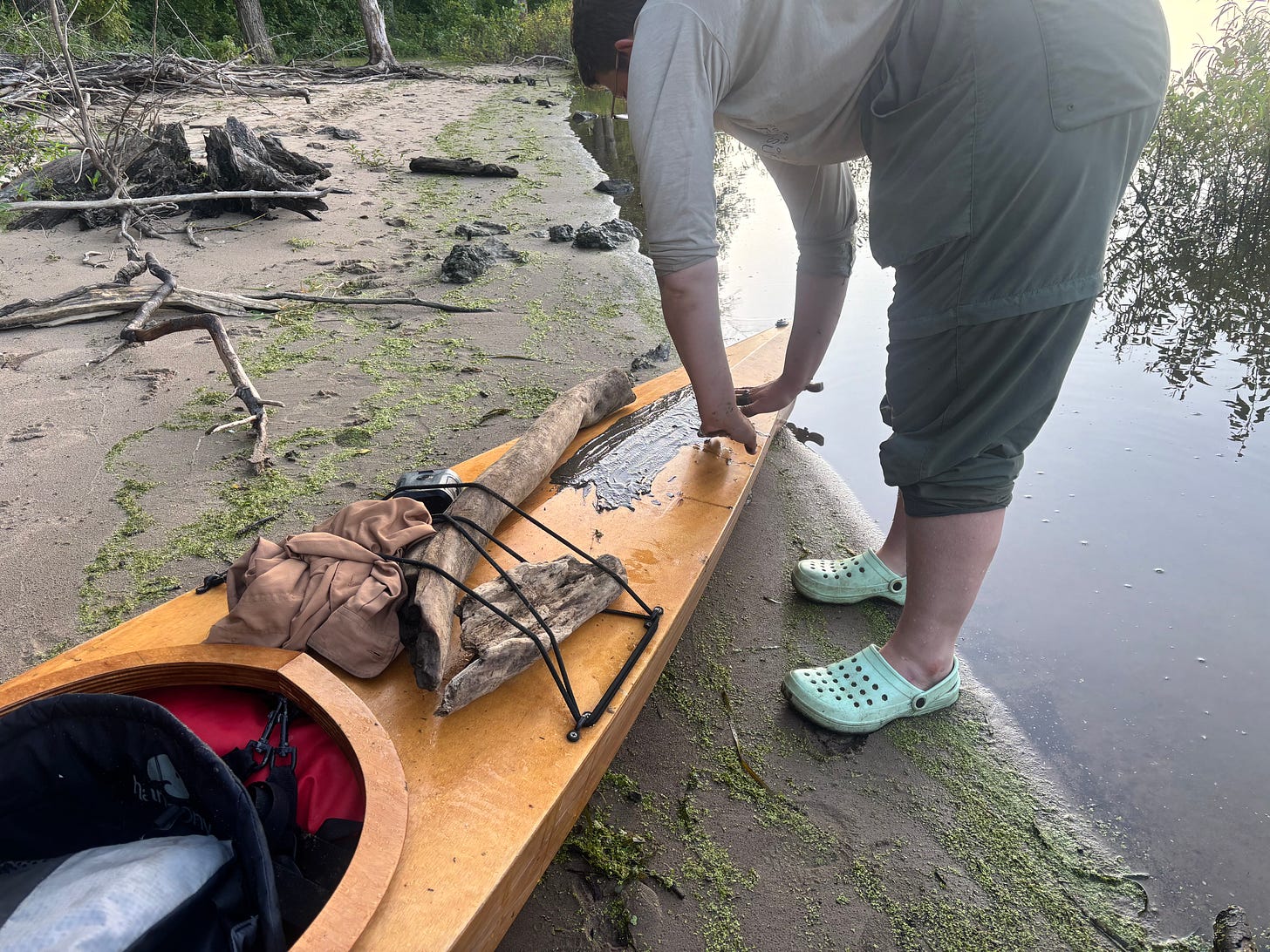
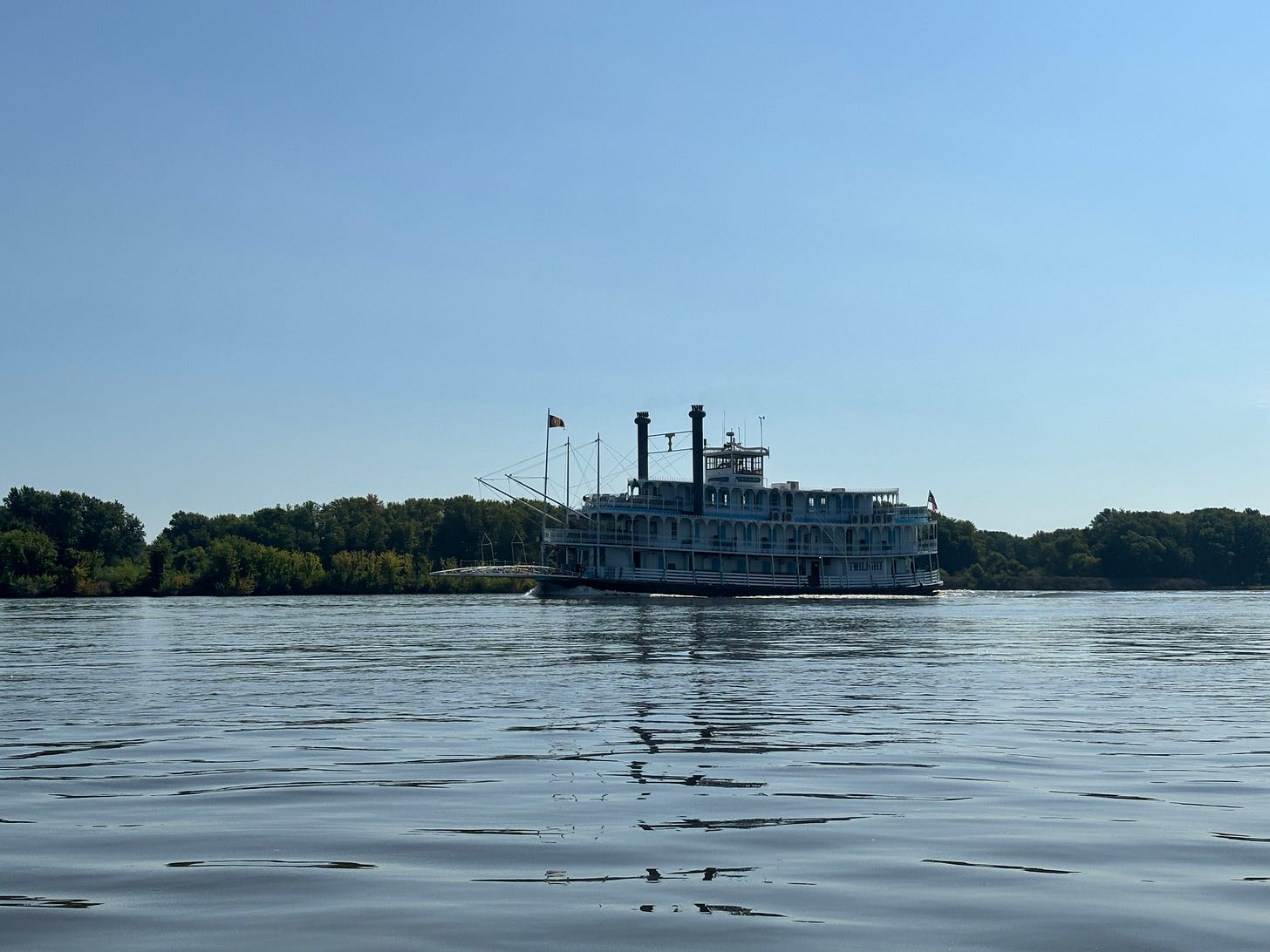
Day 29
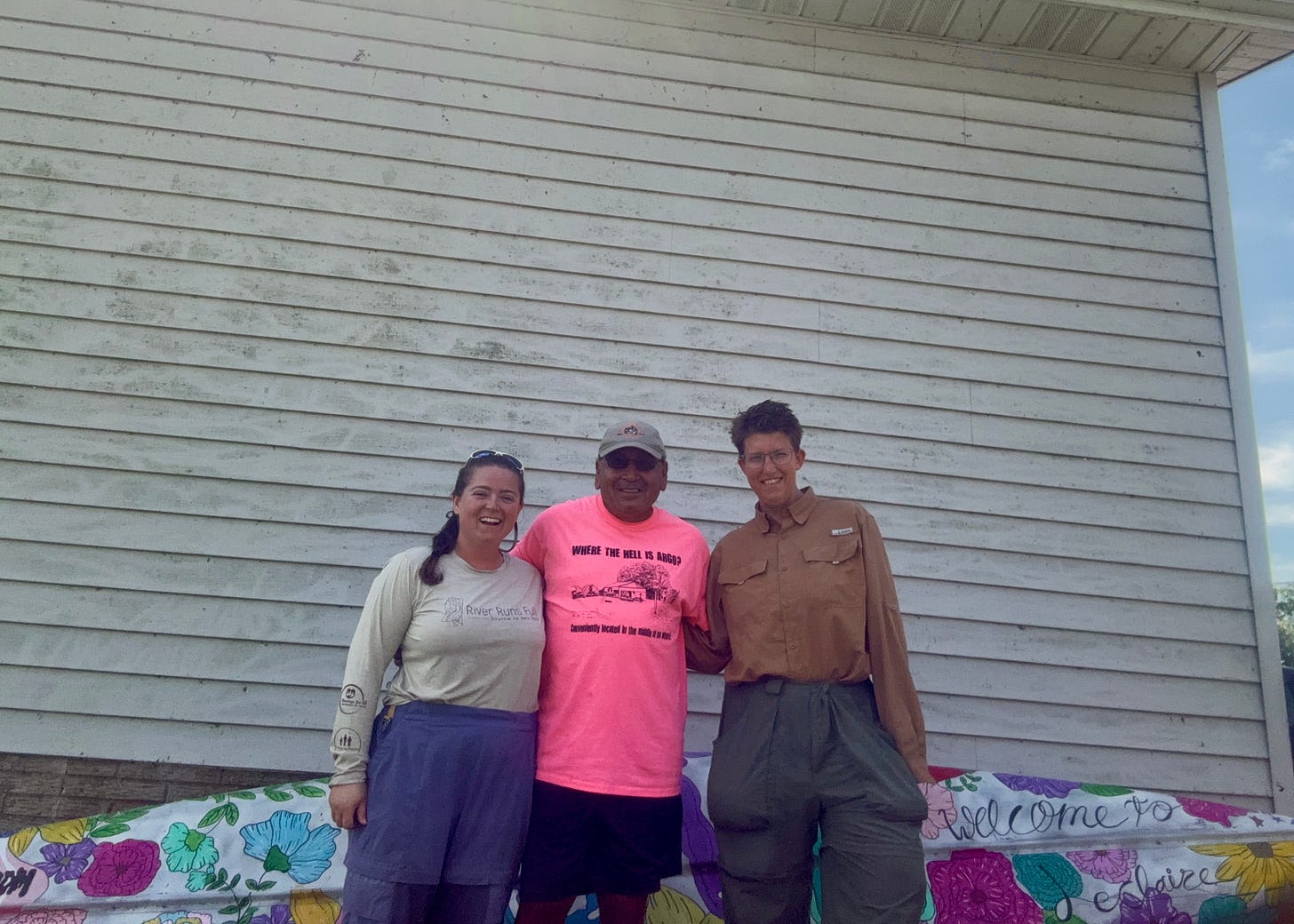
Tony’s Daily Prayer:
I will not take that bitter thrust which rent my heart today, As from an earthly soul, though it was meant that way.
But I will look beyond the tool because my life is planned.
I take the cup my Father gives. I take it from His hand.
He knows and even thus allows these little things that irk.
I trust His wisdom and His love. Let patience have its work.
Though human means have brought the sting, I firmly take this stand.
My loving Father holds the cup. I take it from His hand.
Now those who watch may wonder why these things do not disturb.
I look right past the instrument and see my Lord superb.
The trials which would lay me low must pass through His command.
He holds the outstretched cup to me. I take it from His hand.
One of the hardest parts of the trip for me has been the separation from my faith community. I miss the weekly rhythms and relationships of home. But this trip is a once in a life time experience (at least by this mode of transit. #houseboat2065), and I wouldn’t want to spend this gap between bar and work any other way. Even in the loneliness, I’ve been so blessed to meet and pray with fellow paddlers, folks along the river, and family and friends through the phone. We were not meant to do this life alone, and I’m so grateful for the ways in which the Spirit moves through each of you. One month down, one to go!

Day 30
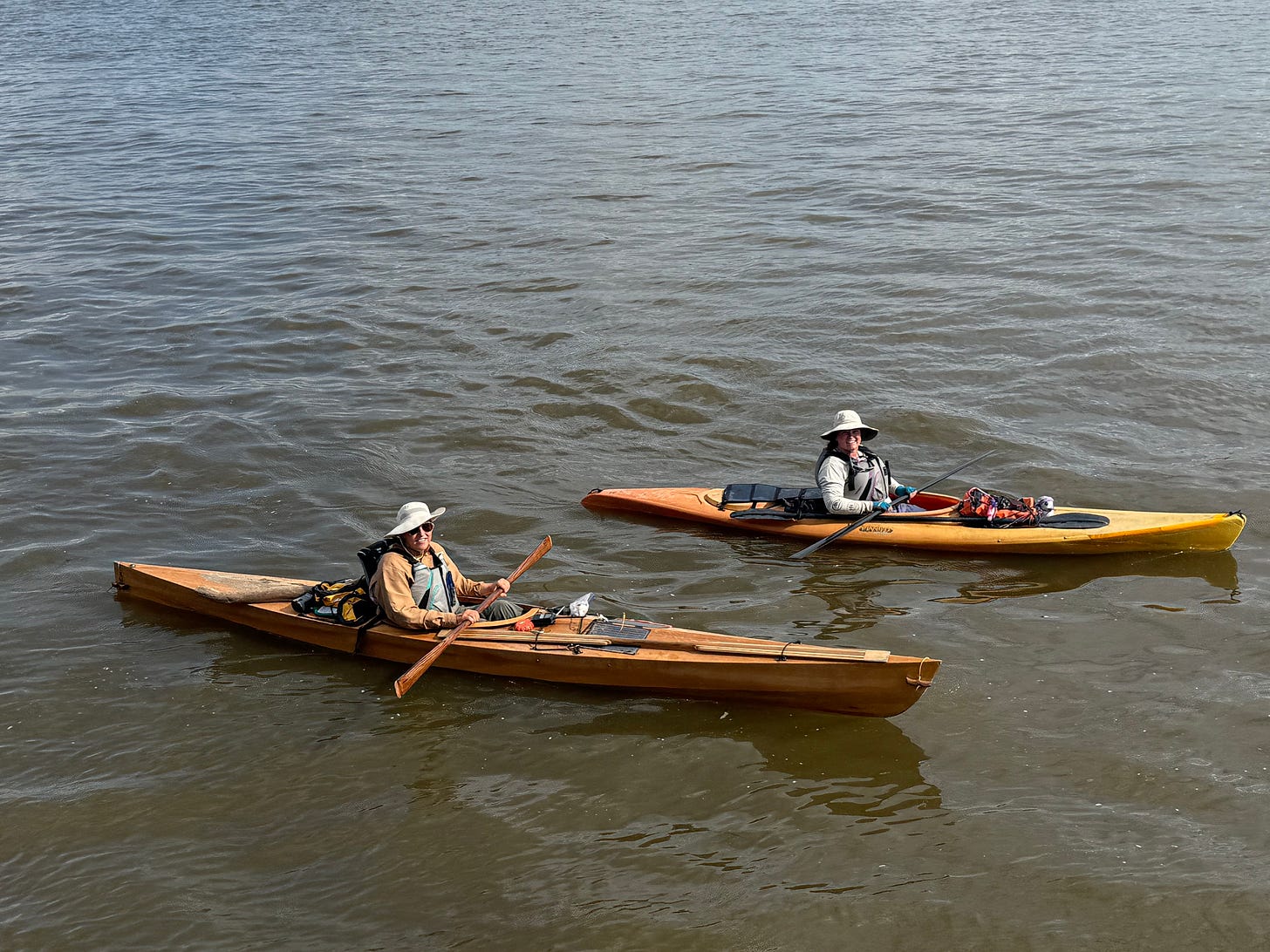


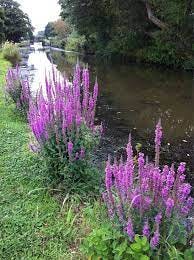
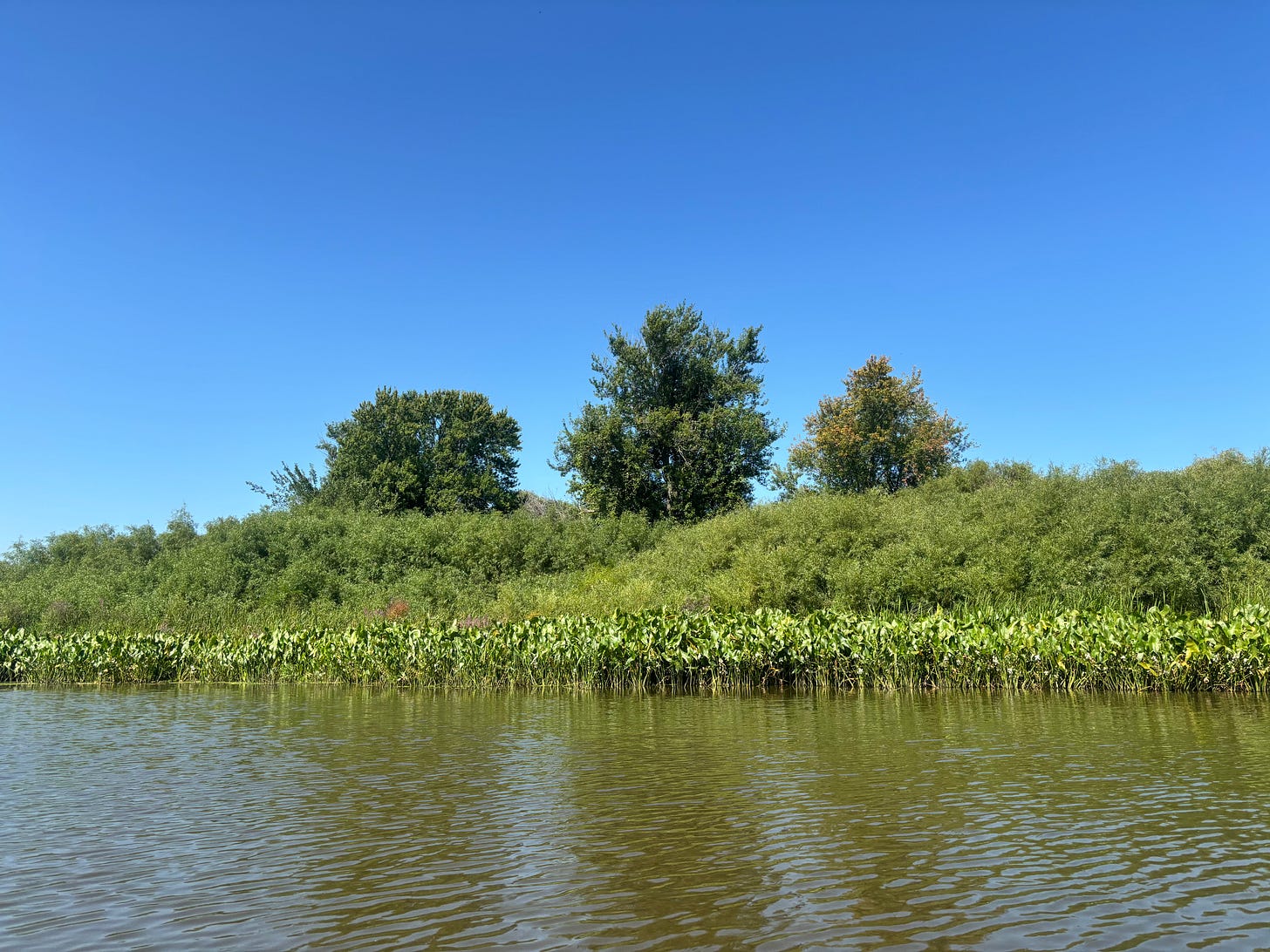
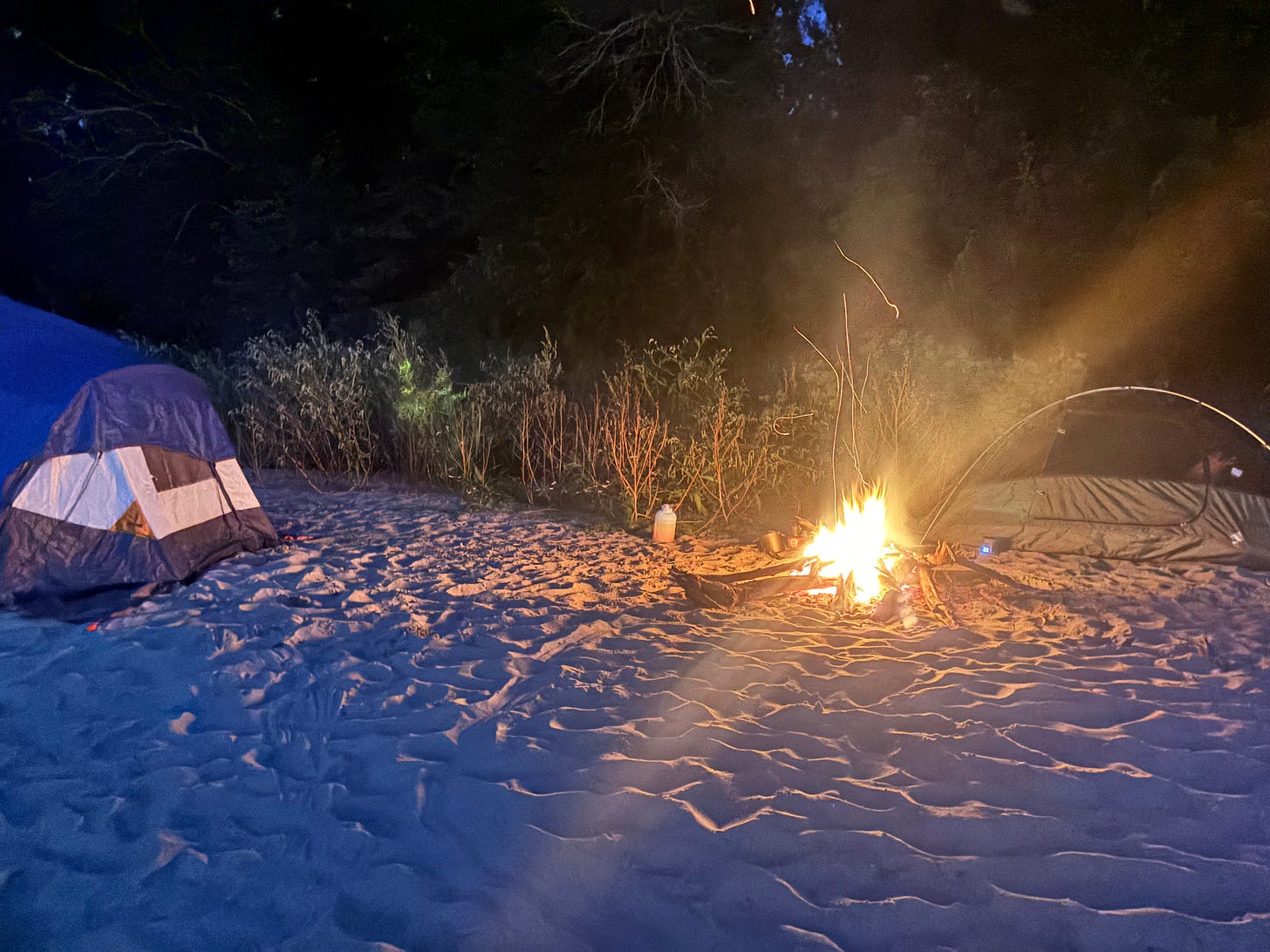
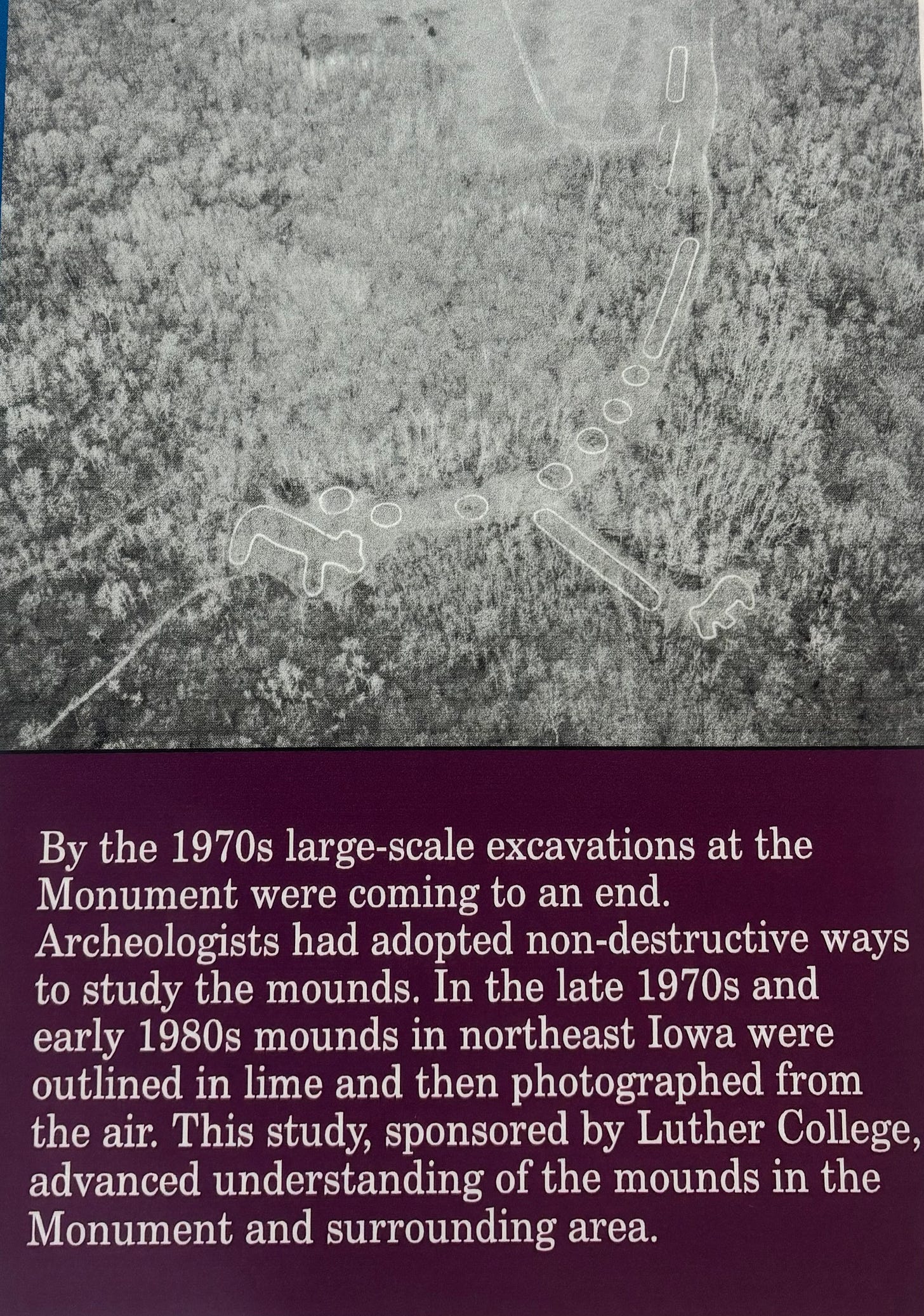
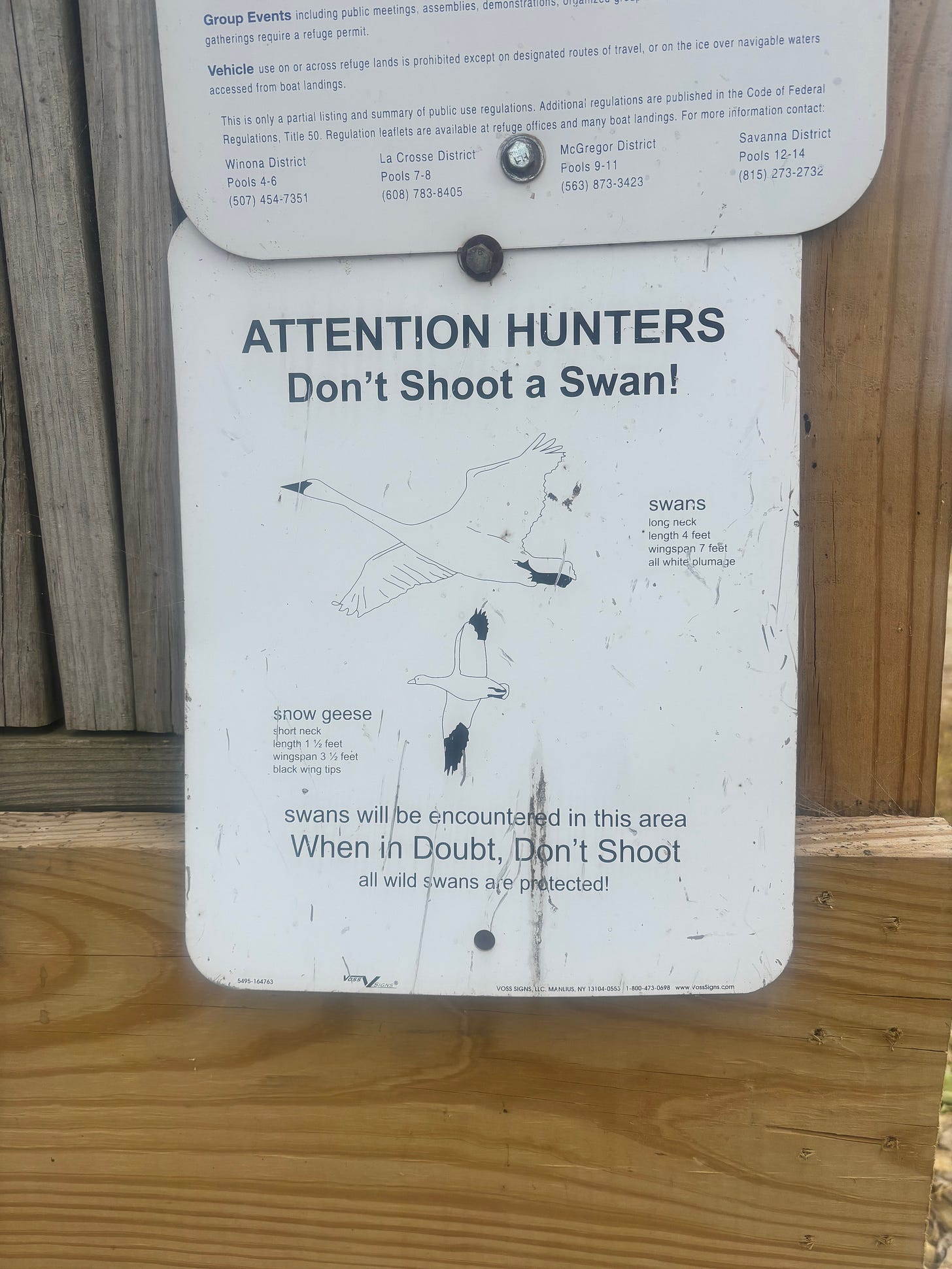
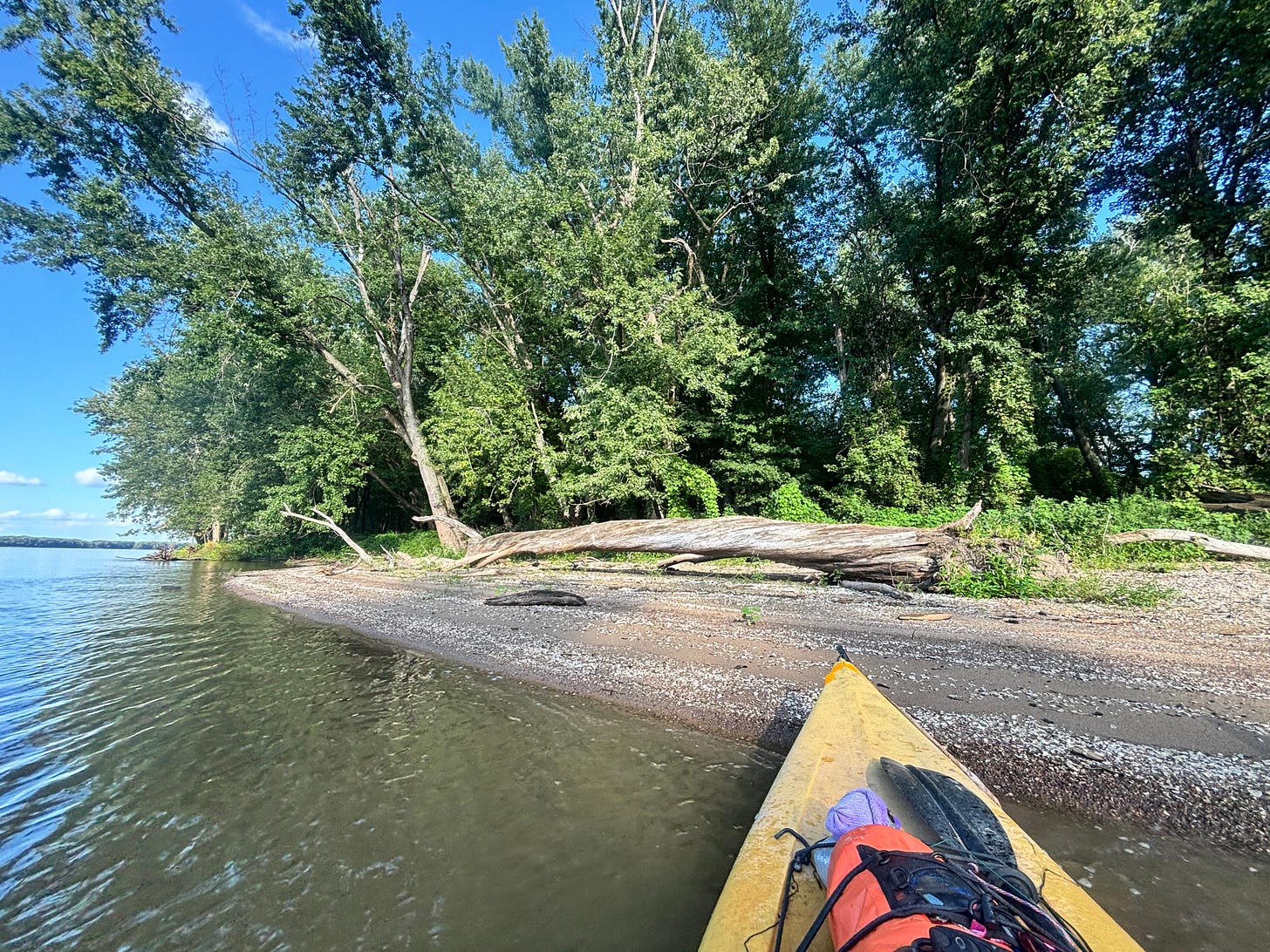
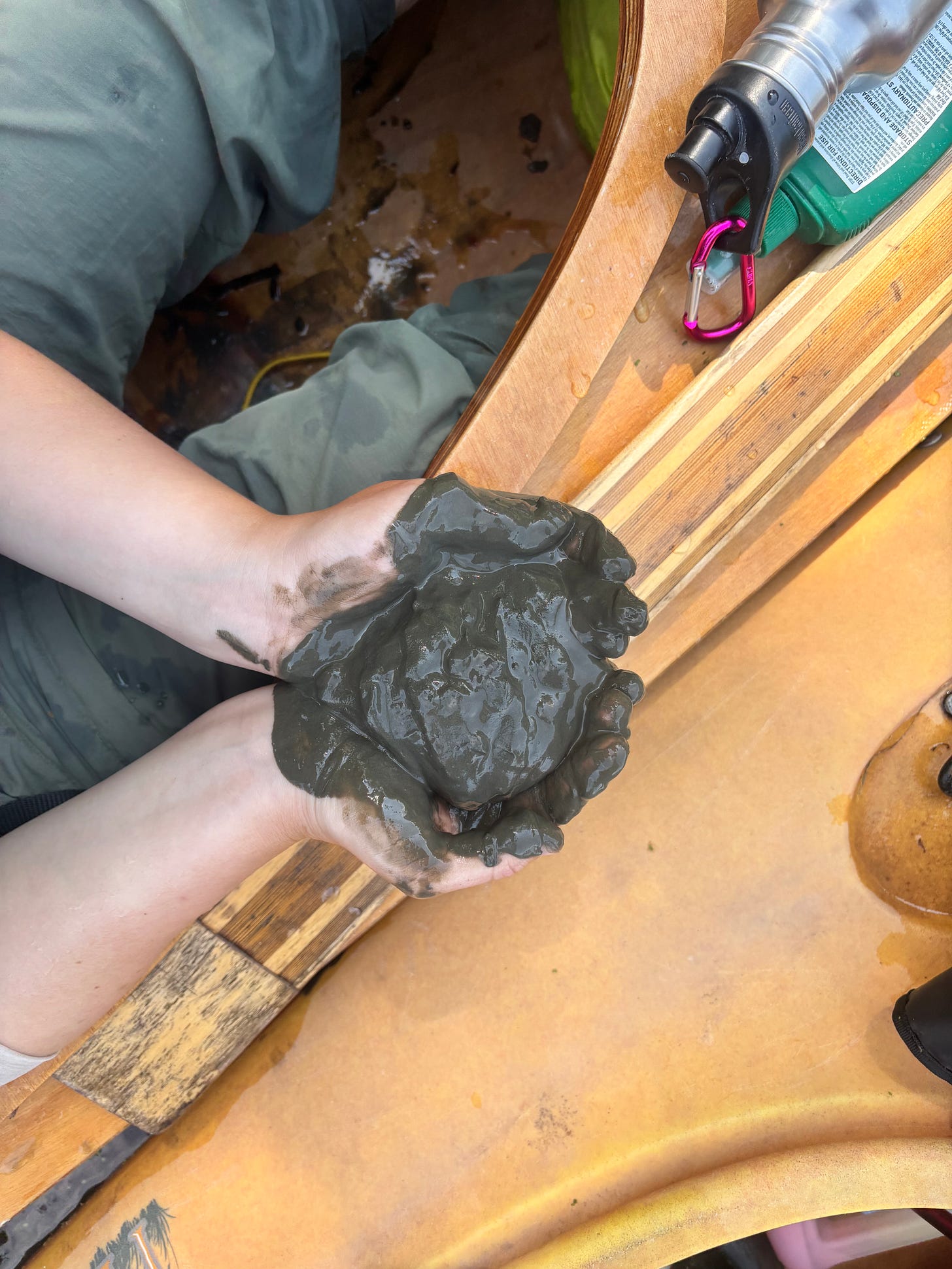


Reading your journey tales and seeing your pictures continues to make me proud to know you ladies. Keep on paddling! 🙏🙏🙏💕💕💕💕